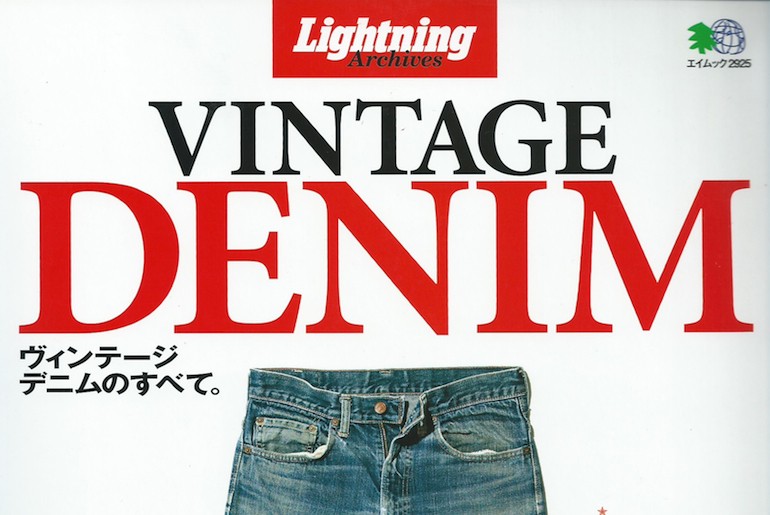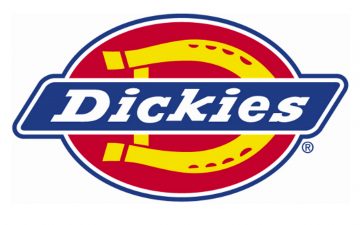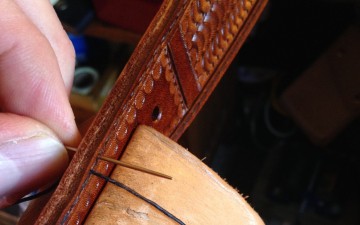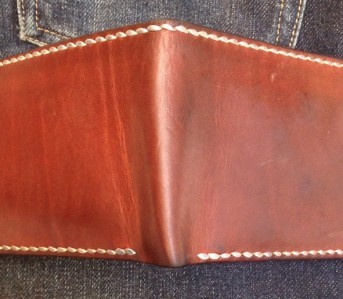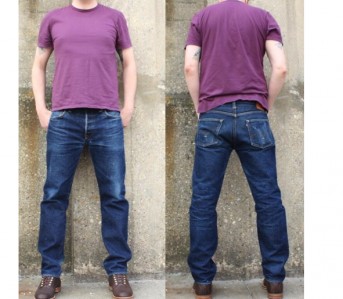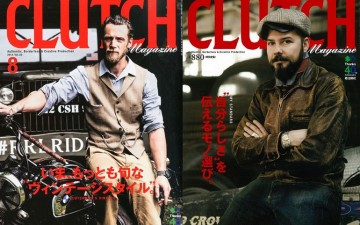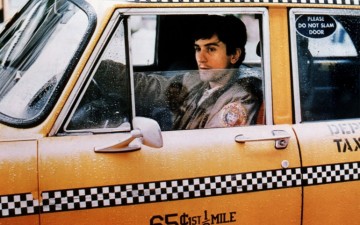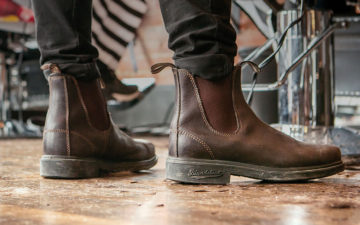Japan has, without a doubt, the widest and the best menswear magazine offerings on the planet. Just head to your average convenient store, or conbini, and you will see at least 20 different titles just for fashion. We’re not going to dive into a deep sociological explanation but one could say, and that’s certainly something our reader will relate to, taking the whole Japanese denim thing into consideration; that Japan is a country of specialists/collectors.
Take any type of subculture you can think of, and there’s a very high probability that most of anything related to it is gathered in Japan. The most obvious example for us is denim, which, as explained by Marvin’s Vintage’s founder Mr. Hanzawa, started gaining massive popularity in the early ’80s, when Japanese vintage buyers would travel across the United States and buy anything they could find and bring it back to Japan. But back to Japanese magazines: on top of releasing regular issues every month, Japanese publishers also release extra issues either called tokushu, bessatsu or mukkubon. Let’s take a look at what these are specifically and have a look at some of our favorites.
What are they?
Essentially, these three are the same thing: extra issues, but let’s take a look at the differences on paper. A tokushu (特集) is a special issue on a specific theme that doesn’t replace a regular issue. For example, Lightning Magazine’s April 2013 issue is a special issue about vintage lifestyle. A bessatsu (別冊) is supplement issue that is published from time to time and comes together with the magazine. Finally, a mook book (ムック本) is the hybrid child of a book and a magazine. It’s usually very thick and well put together.
Keep in mind that the frontier between these three types of content can be sometimes very blurry so you shouldn’t overthink it. For the sake of simplicity, we’ll call them “extra issues” indifferently.
Why print them?
Before we introduce you guys our favorite extra issues, let’s take a moment to go over their purpose. As denimheads, we all love and respect Clutch, 2nd, Free and Easy, and Lightning because we understand that the content they put together is probably the best you can get out there. These guys find mind blowing vintage photos, interview key actors of the industry, put all that together in an organized and well-curated way that enables us to have a written record about topics that are mostly communicated orally or via forums on the internet.
So that’s your first answer: they understand the niche they’re talking to is made of meticulous and knowledgeable fanatics and they need to do their best to gain their respect and love consistently. Also, these extra issues allow publishers to focus on one specific topic and really dig deep, which differs from regular issues where they have to cover quite a lot of topics.
Finally, if you take a step back and look at it from an economic perspective, these extra issues, especially for mook books, are almost direct competition to regular books but they have it easier as the magazine has already an established brand name and distribution network, which is a big advantage.
Mook Books
For people interested in denim and more generally speaking heritage wear, all mook books from World Photo Press are excellent. These guys are otaku, but in the good way, meaning they get obsessed with one topic and go as deep as possible. Among the various names they print, there’s Mono Magazine, started in 1982. What interests us here is Mono Magazine’s mook book series called Mono Special.
American Workwear Brand 20 (知られざるデニムたち)
This issue focuses on minor workwear brands observed across the United States. It’s a pleasure going through each page as these guys have made it visually appealing and straightforward with maps, schemes and charts.
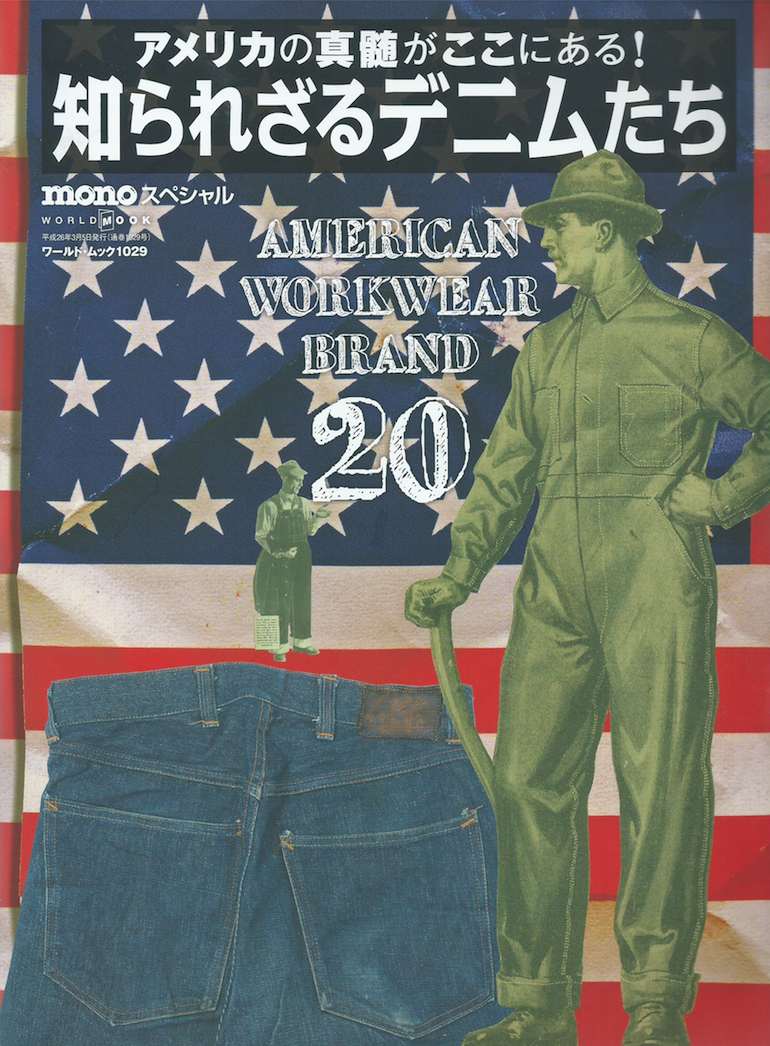
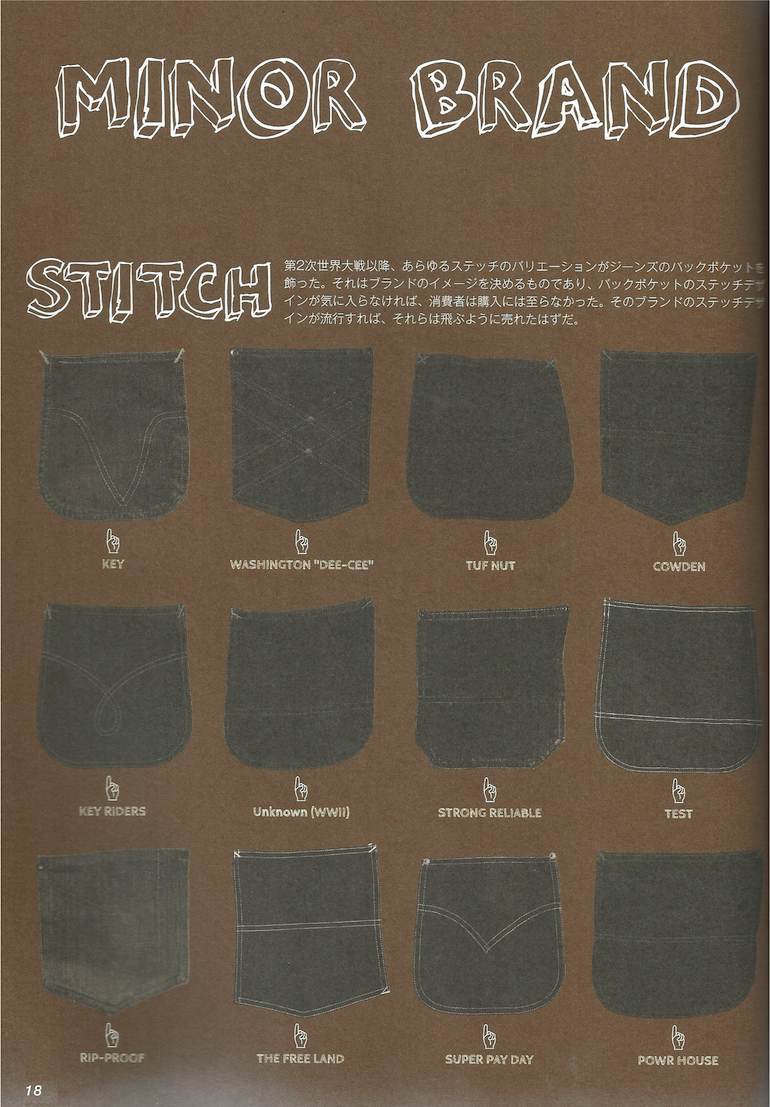
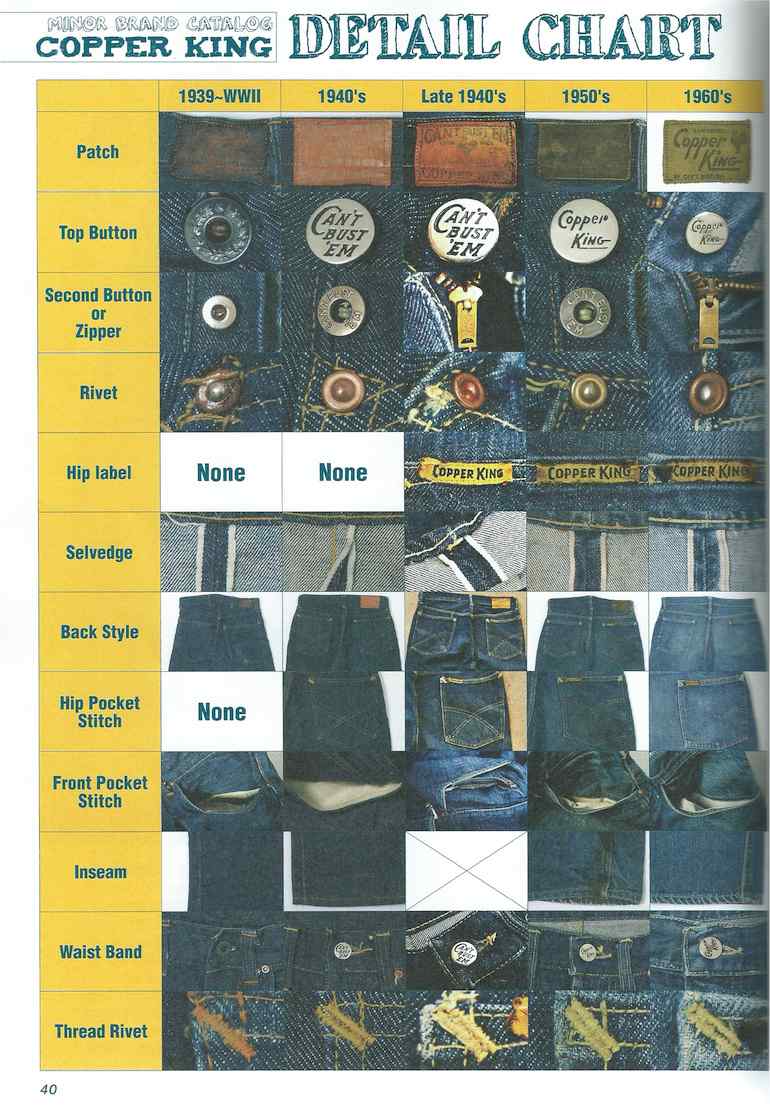
Mono Vintage Style
We loved this release as it’s the same principle as our Working Titles series. In this one you’ll find staple styles seen in must-watch movies, how to style them and where to buy them. Like we also did before, they write about the styles seen in movies like Taxi Driver or One Flew Over the Cuckoo’s Nest.
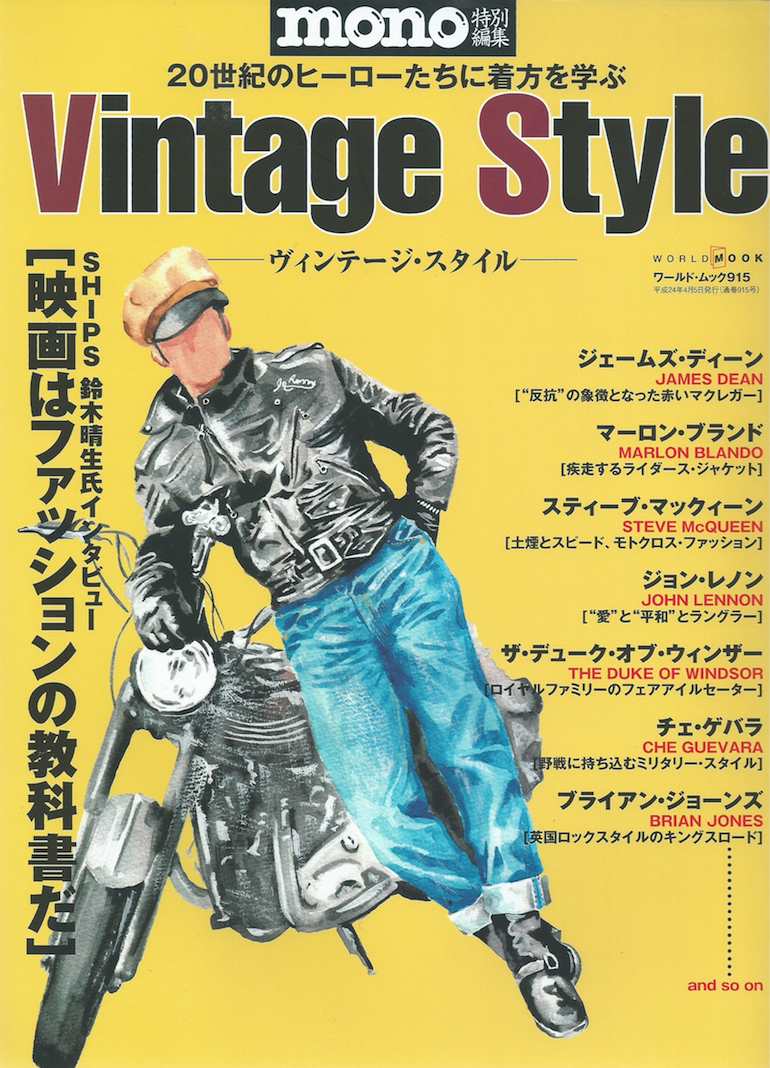
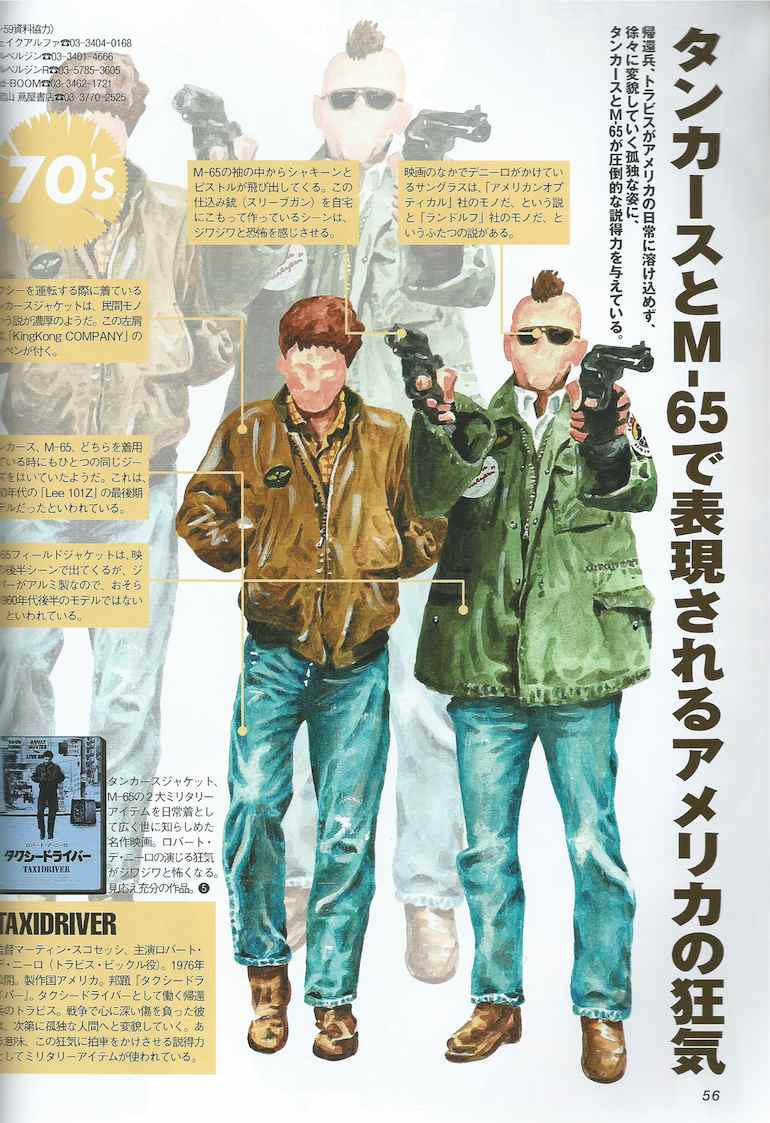
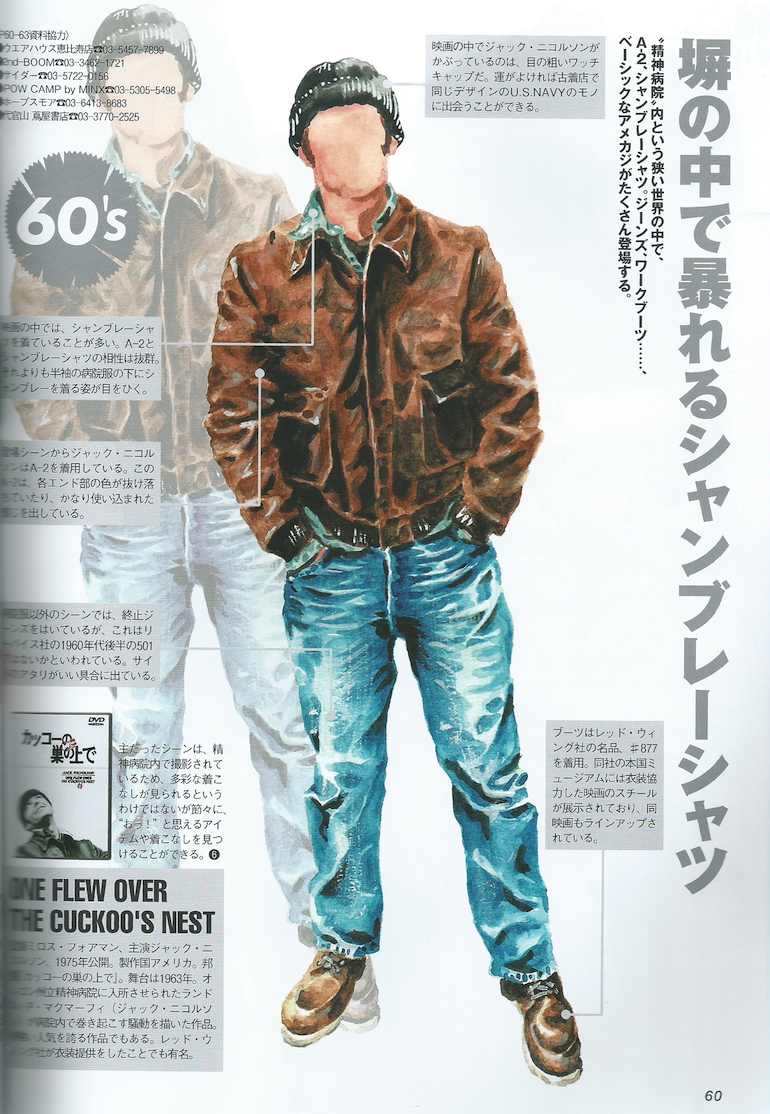
Workwear 3
This issue is the third installment of a series by Mono Special about workwear, “the clothes that made America”. In this installment the focus is on US Navy garments, including a great deal of denim.
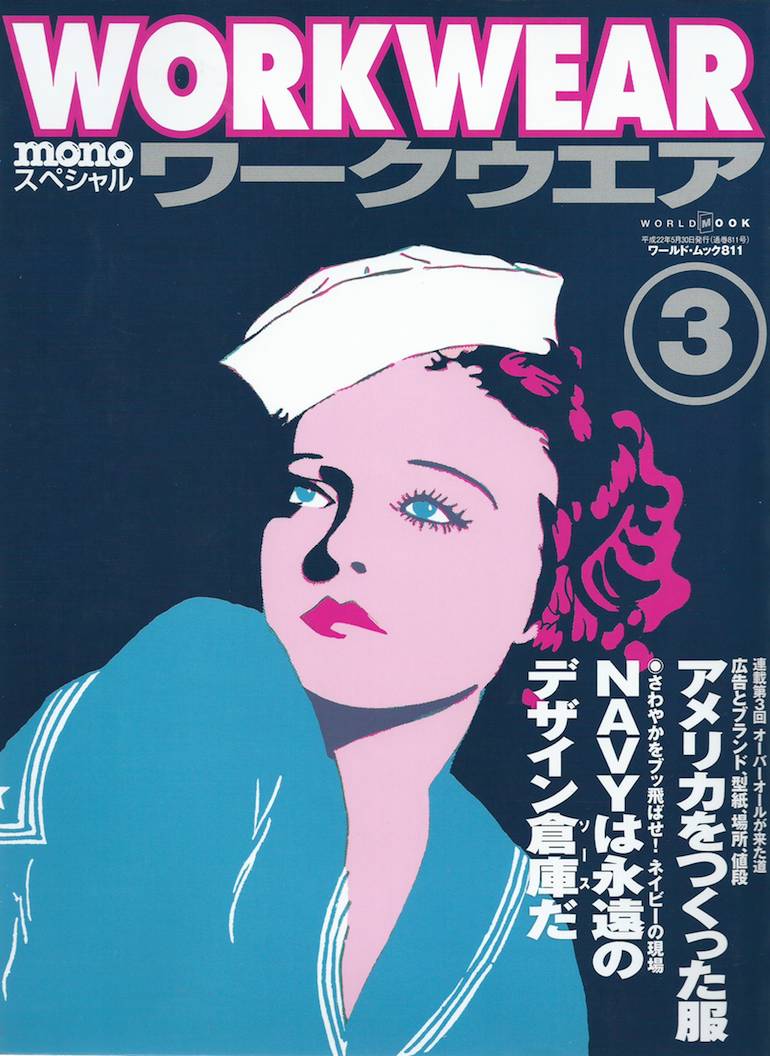
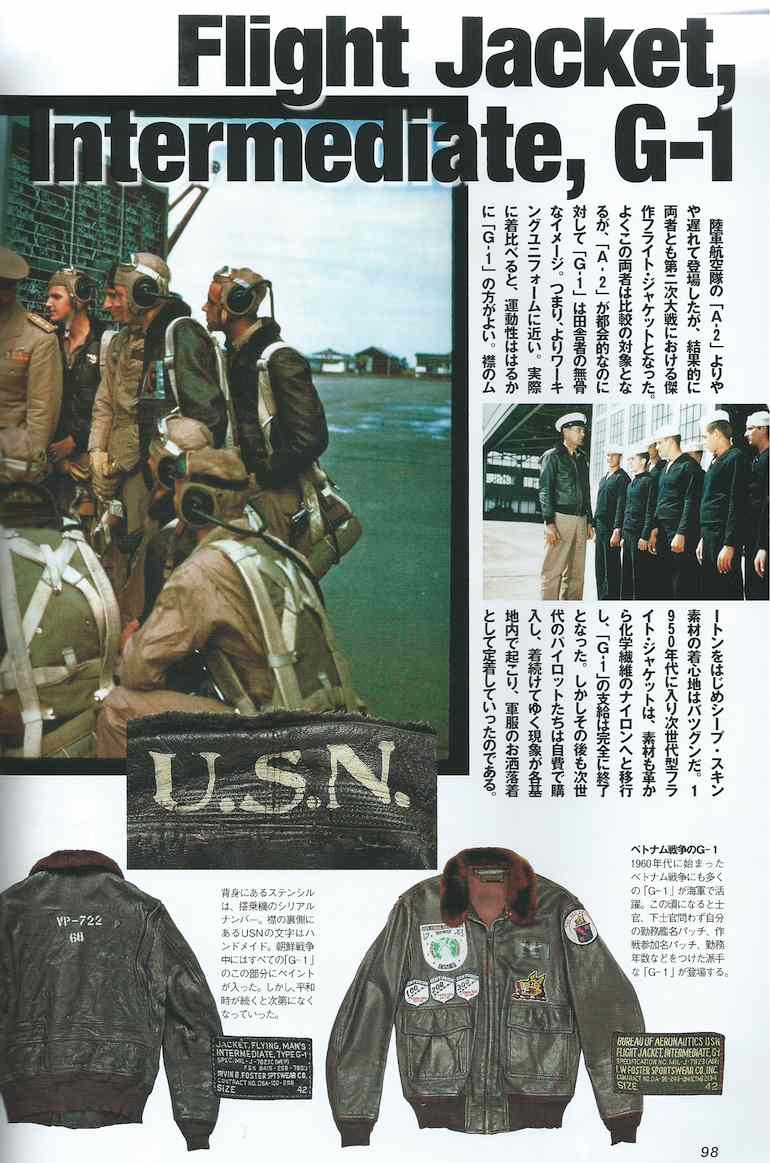
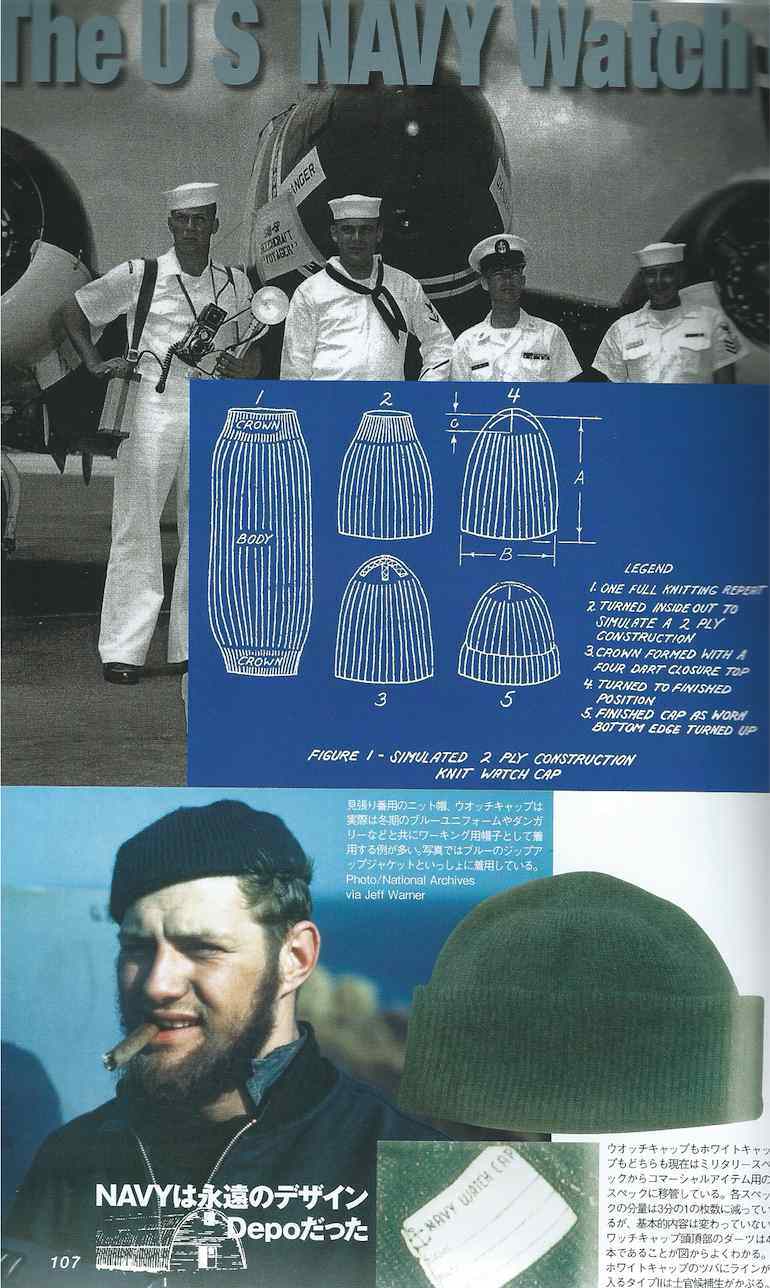
Flight Suit (飛行服)
This issue is probably one of the best material you will ever get to see on vintage flight clothes. With ultra high quality vintage photos from up to a 100 years ago, charts and schemes from the US Air Force and more. Yes, being able to read Japanese is definitely a plus but the visual content is powerful enough for you to enjoy this volume without the text.
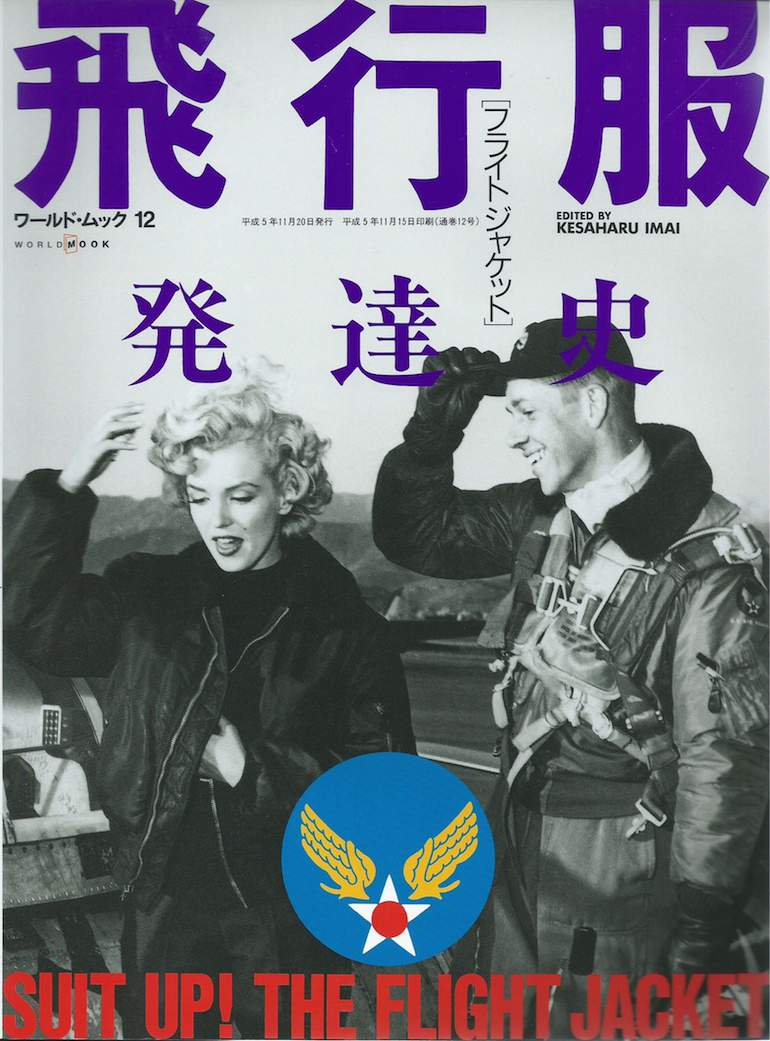
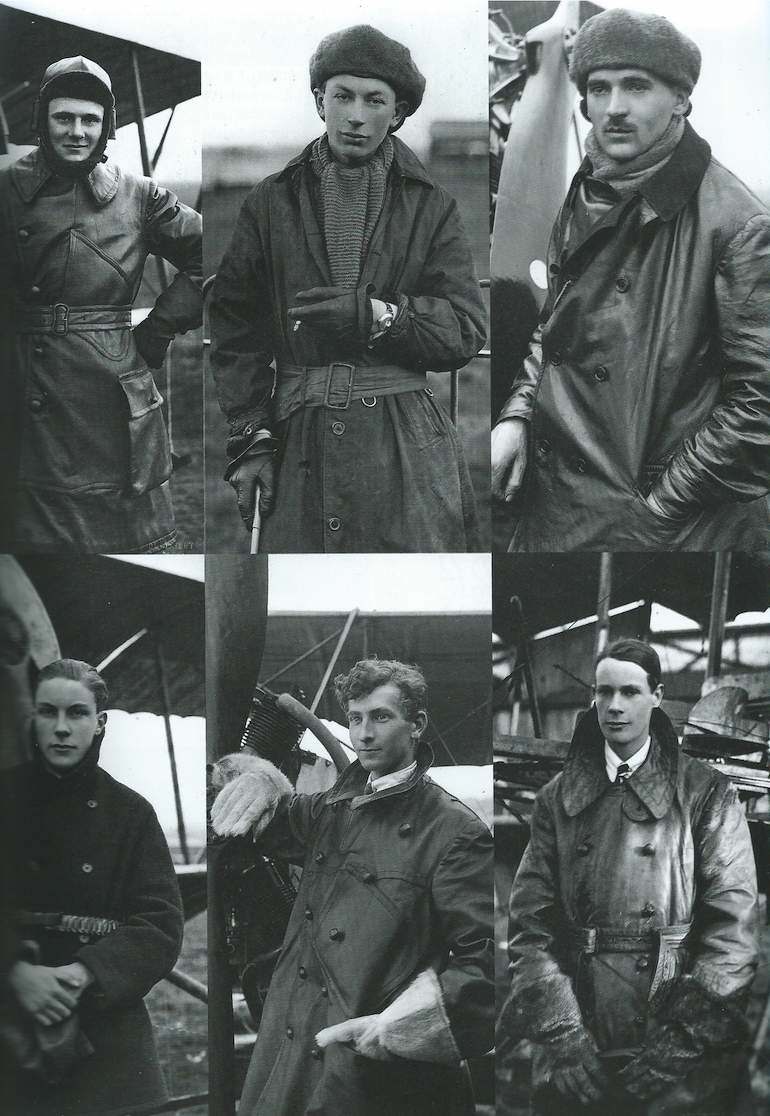
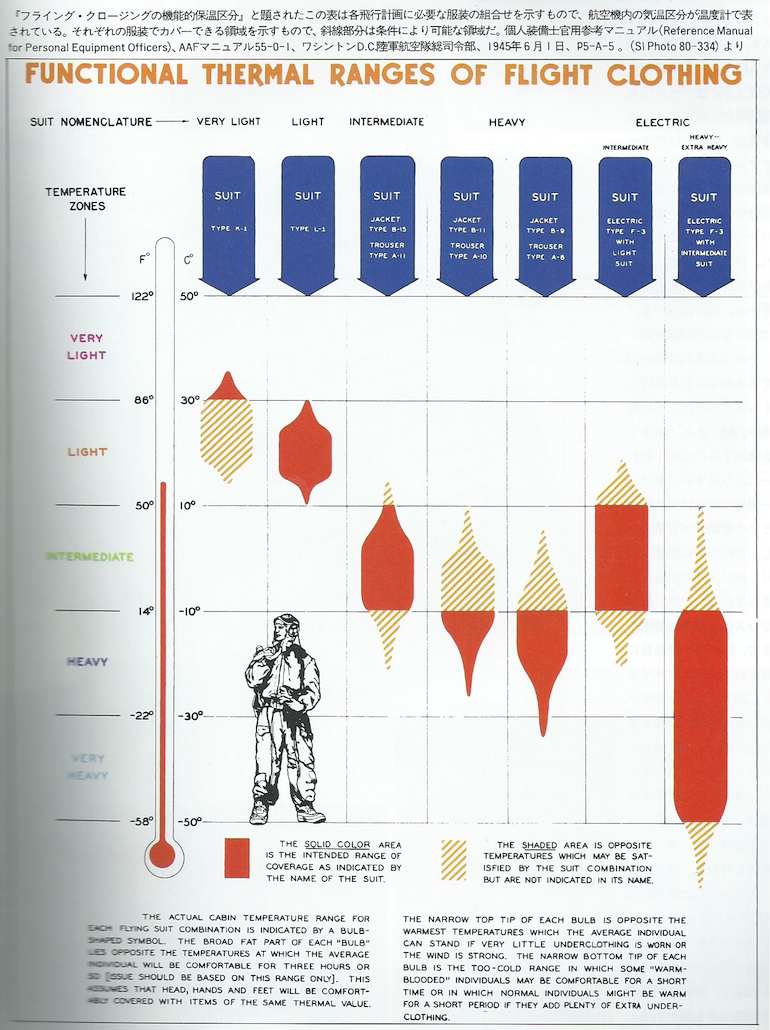
Special and Supplement Issues
In our niche, special issues and supplement issues are less common than Mono Special’s extra issues, nonetheless some of them are excellent and definitely must-haves.
Vintage Denim
In this issue, the Lightning team goes through various eras of denim history: ~’30s, ’40s, WWII, ’60s, ’70s and Military Denim. They don’t focus on Levi’s only and go through a lot of other brands as well.
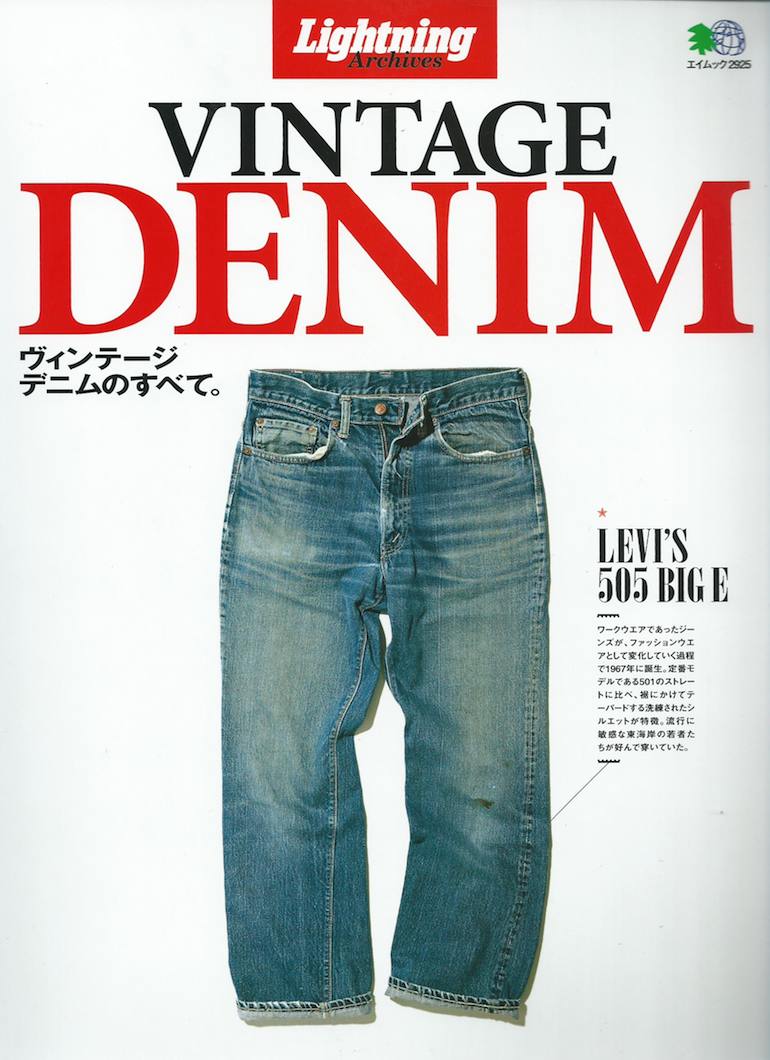
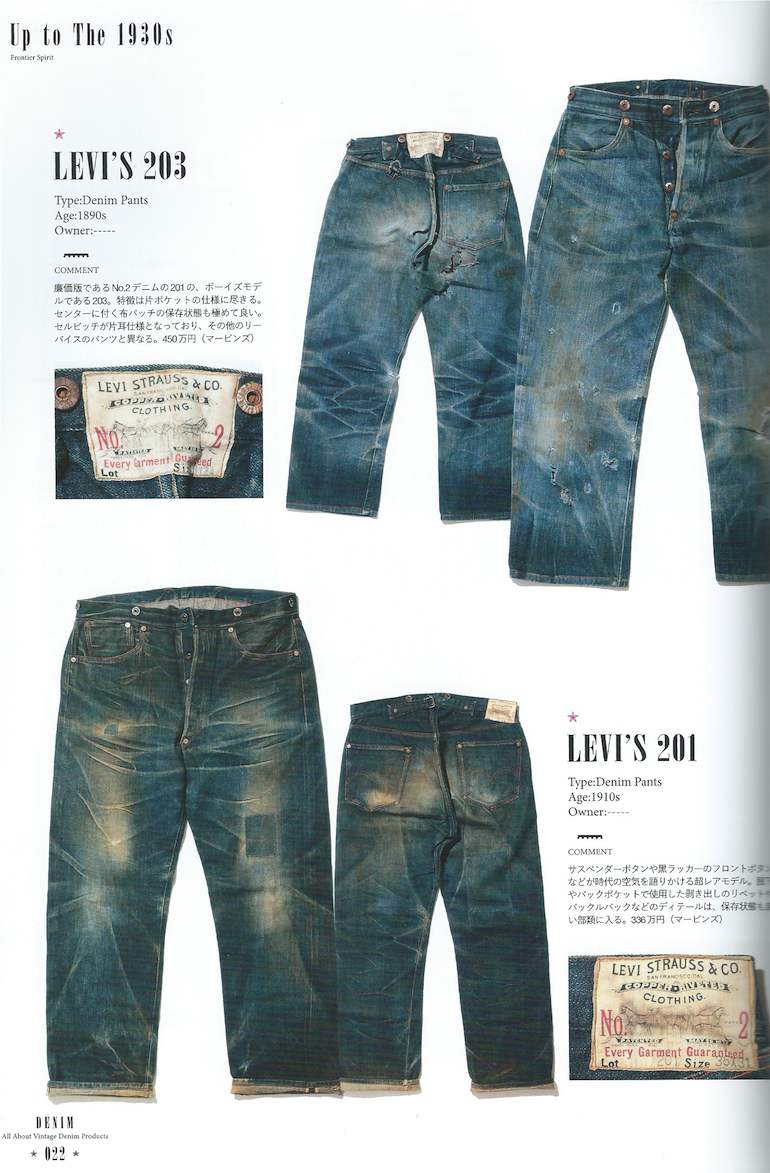
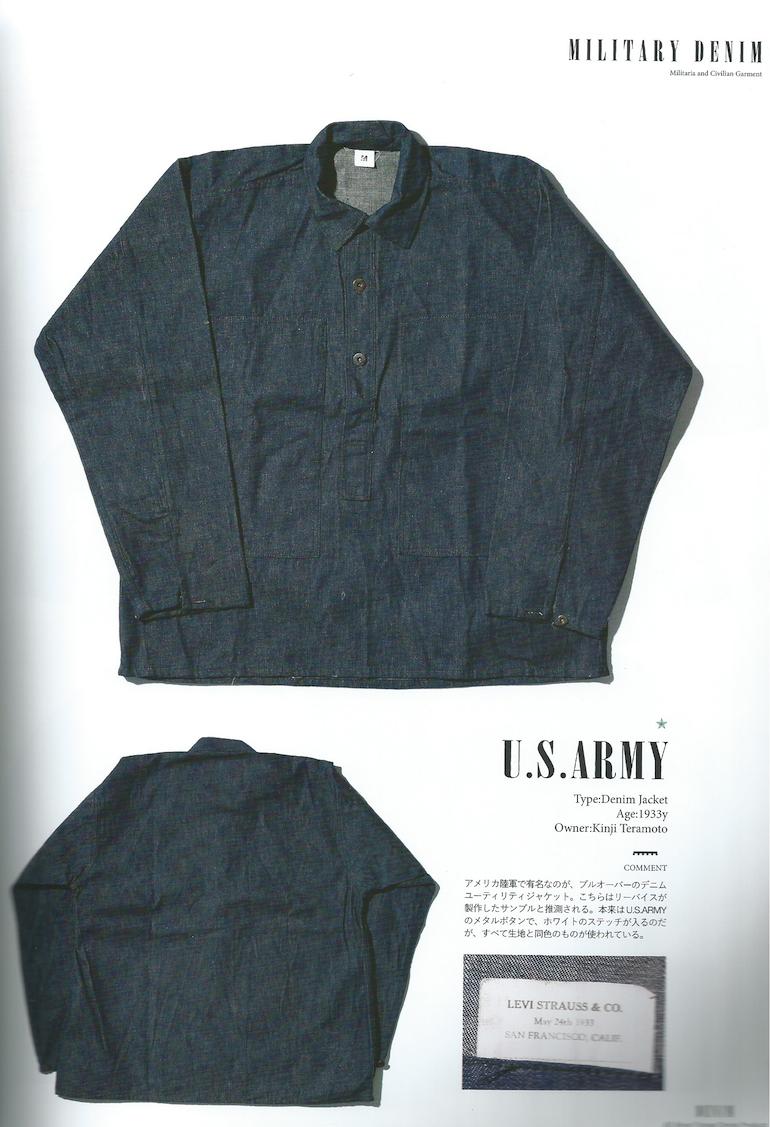
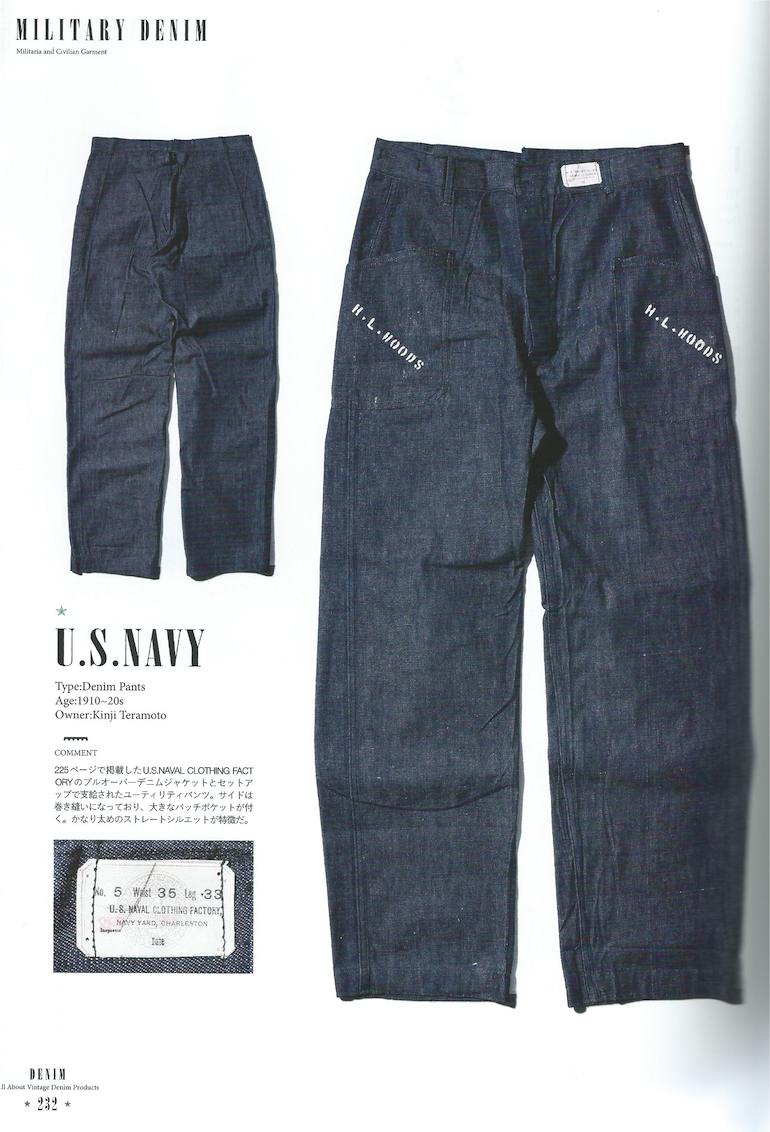
The Real McCoy’s Catalogue (2014)
Every year, The Real McCoy’s catalog is produced in collaboration with Lightning Magazine. It’s more than just a catalog as it contains exclusive vintage photos and a great deal of history on military garments. A big plus: the catalogue is also available in English.
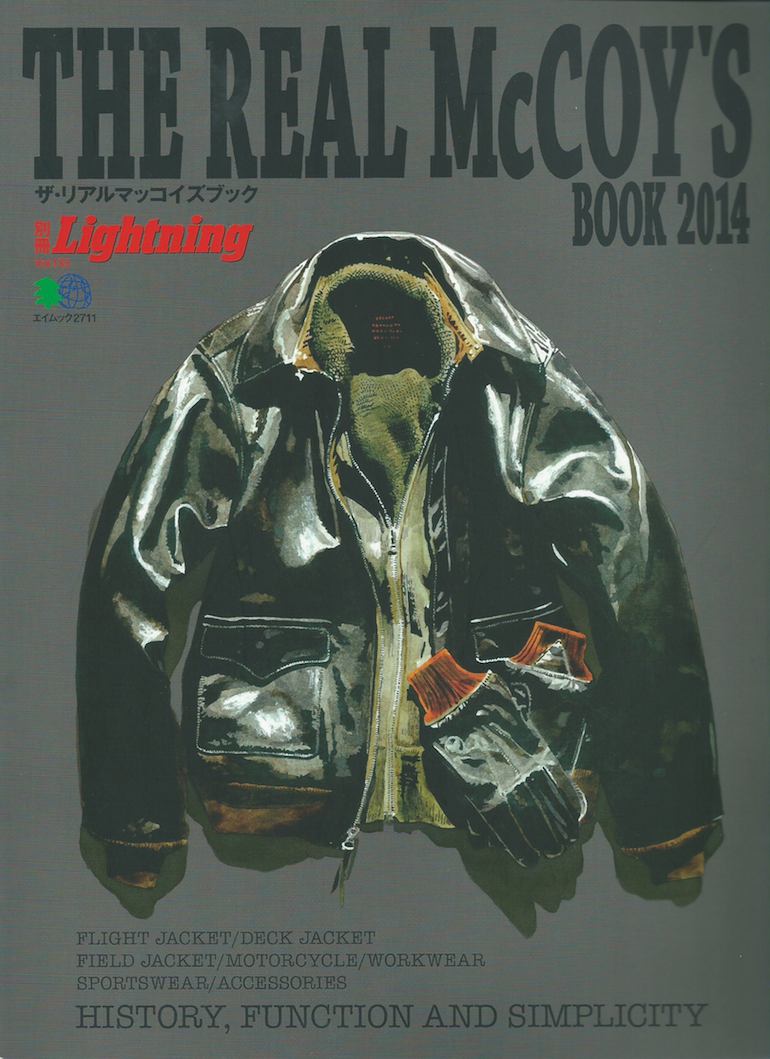
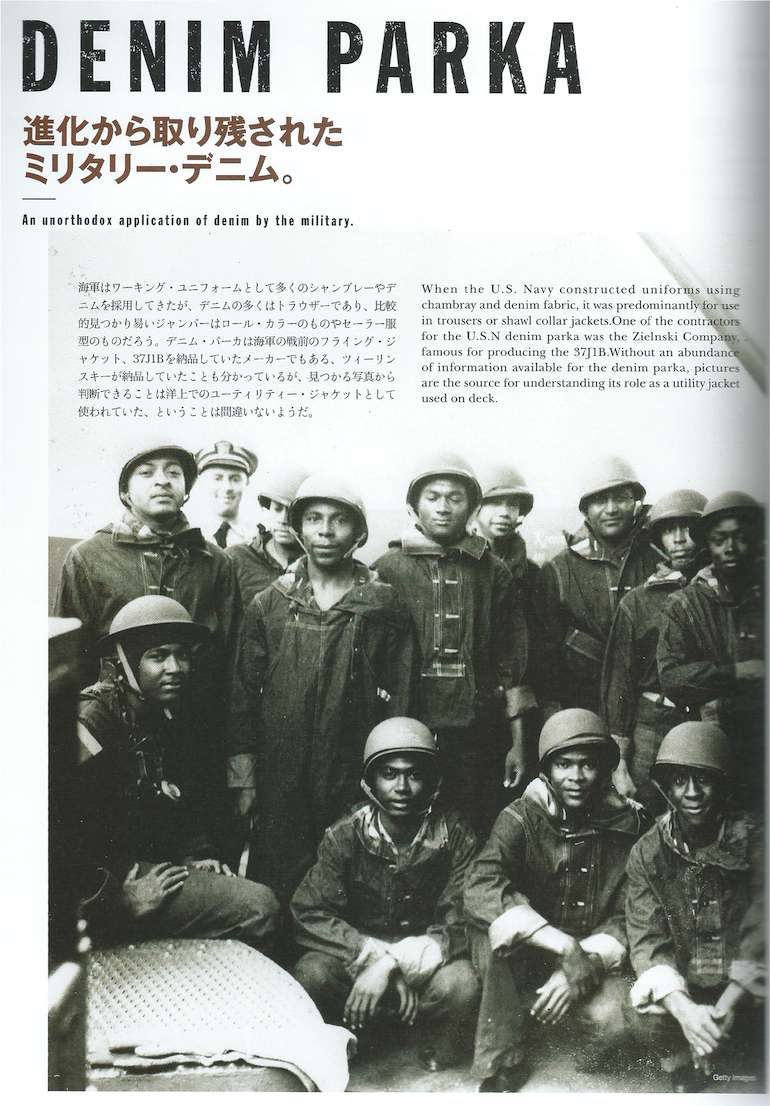
World Standard Brands
Every single denimhead ought to have this one in their library. Every single brand you can possibly think of is listed, with a brief background on its history, where it’s from and more.
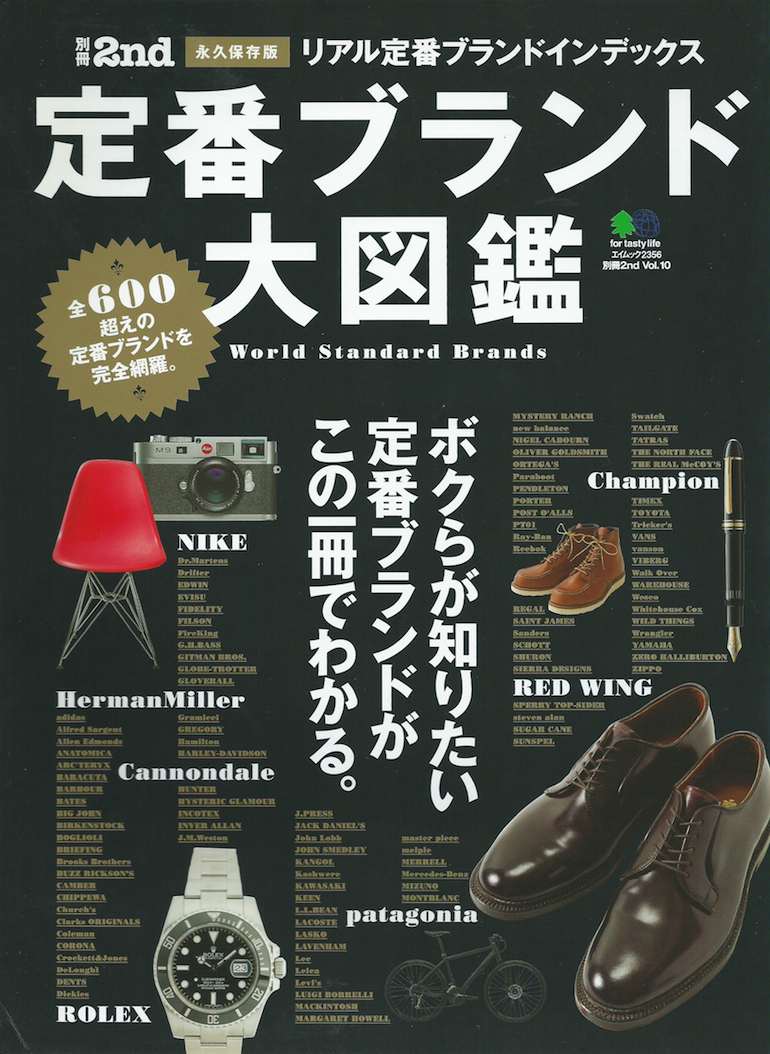
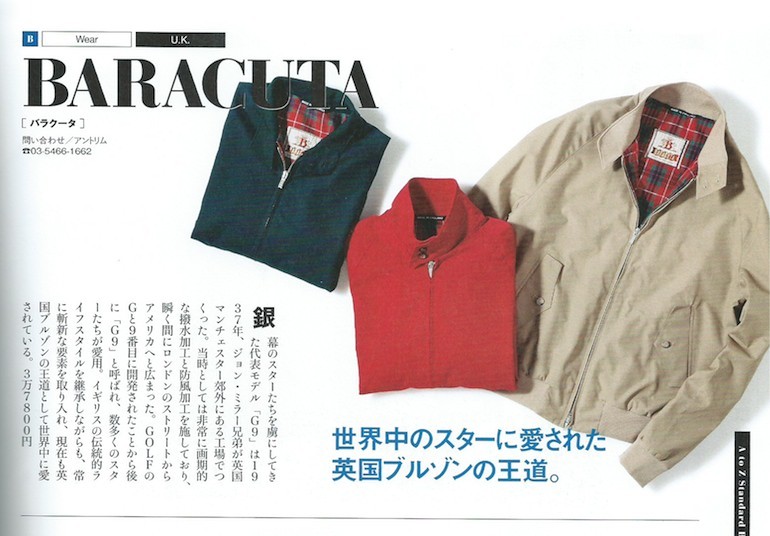
We hope you enjoyed our selection! There are tons of extra issues out there, make sure you hit Tsutaya’s T-Site in Daikanyama next time you’re in Japan. Most heritage wear magazines are available there.

